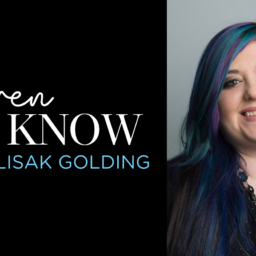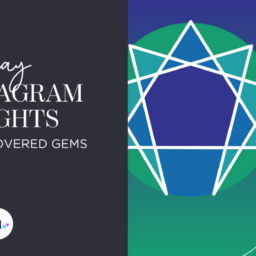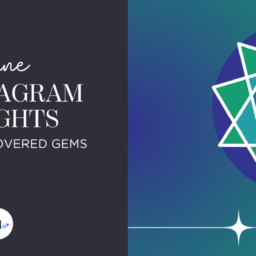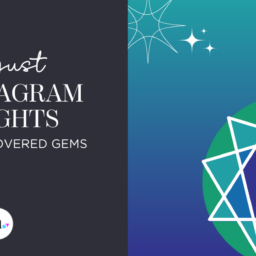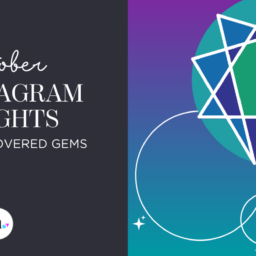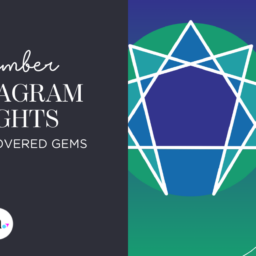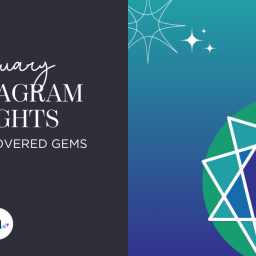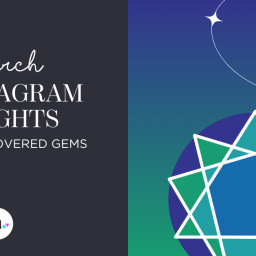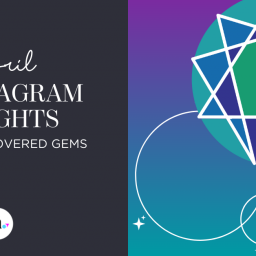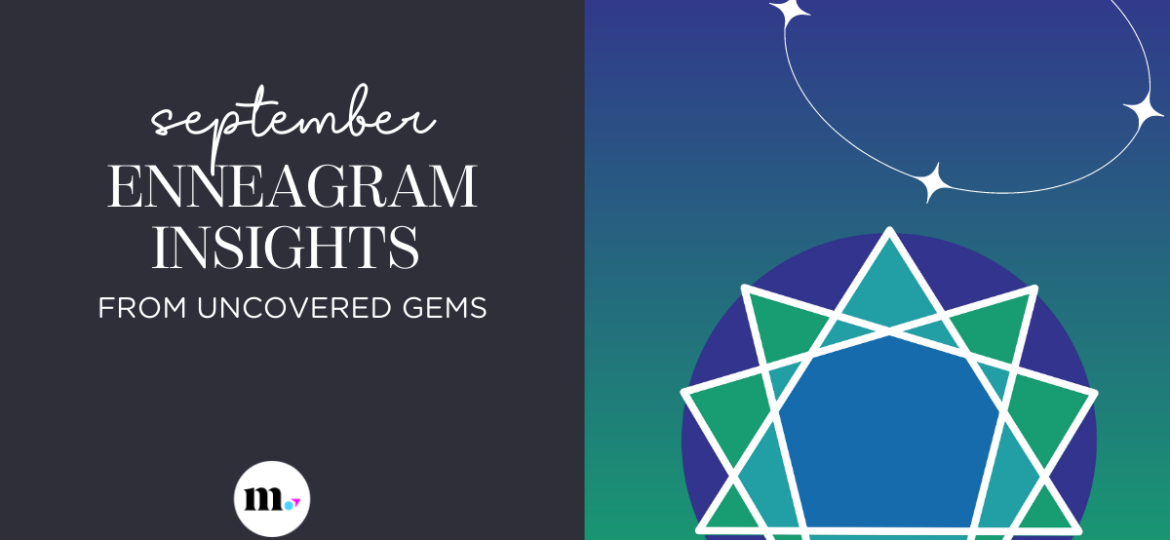
 Welcome to Indy Maven’s Enneagram column coming by way of Jenn Lisak Golding of Uncovered Gems. Check out her website for even more info from the world of Enneagram, or to book a private session.
Welcome to Indy Maven’s Enneagram column coming by way of Jenn Lisak Golding of Uncovered Gems. Check out her website for even more info from the world of Enneagram, or to book a private session.
In this monthly column, we’ve explored the Enneagram types, instincts, centers and wings. Now I want to take a step back and really dig into the core motivation for each type and why it really matters.
One of the things that was really interesting to me about the Enneagram, as opposed to other personality assessments, is that it focused on core motivation as opposed to behavior. Two individuals could have the same behavior but completely different motivations. By understanding the motivation, we can better understand the actions behind it. In other words, the behavior is an effect of the deeper cause, which is our core motivation.
Each Enneagram type is identified by a core motivation. If you feel strongly connected to a wing, you could also have strong secondary motivations. However, when all is said and done, we are driven by one primary motivation. Typically, the core motivation is a result of our experiences in early childhood when our personality was forming. Many times, it’s a result of times when we felt emotional distress. Our minds did everything they could to protect us from whatever negative emotion or feeling we experienced. The more it gravitated toward one feeling or similar emotions, the more our core motivation became apparent.
This is really important, especially as we go through growth journey work, because our core motivation is both a reflection of the best sides of ourselves and the most vulnerable. We can use it for the greater good of ourselves and others, or we can use it as a weapon for self-criticism. It’s important to know the difference and how to wield it!
Let’s dive a little deeper into the core motivations for each type:
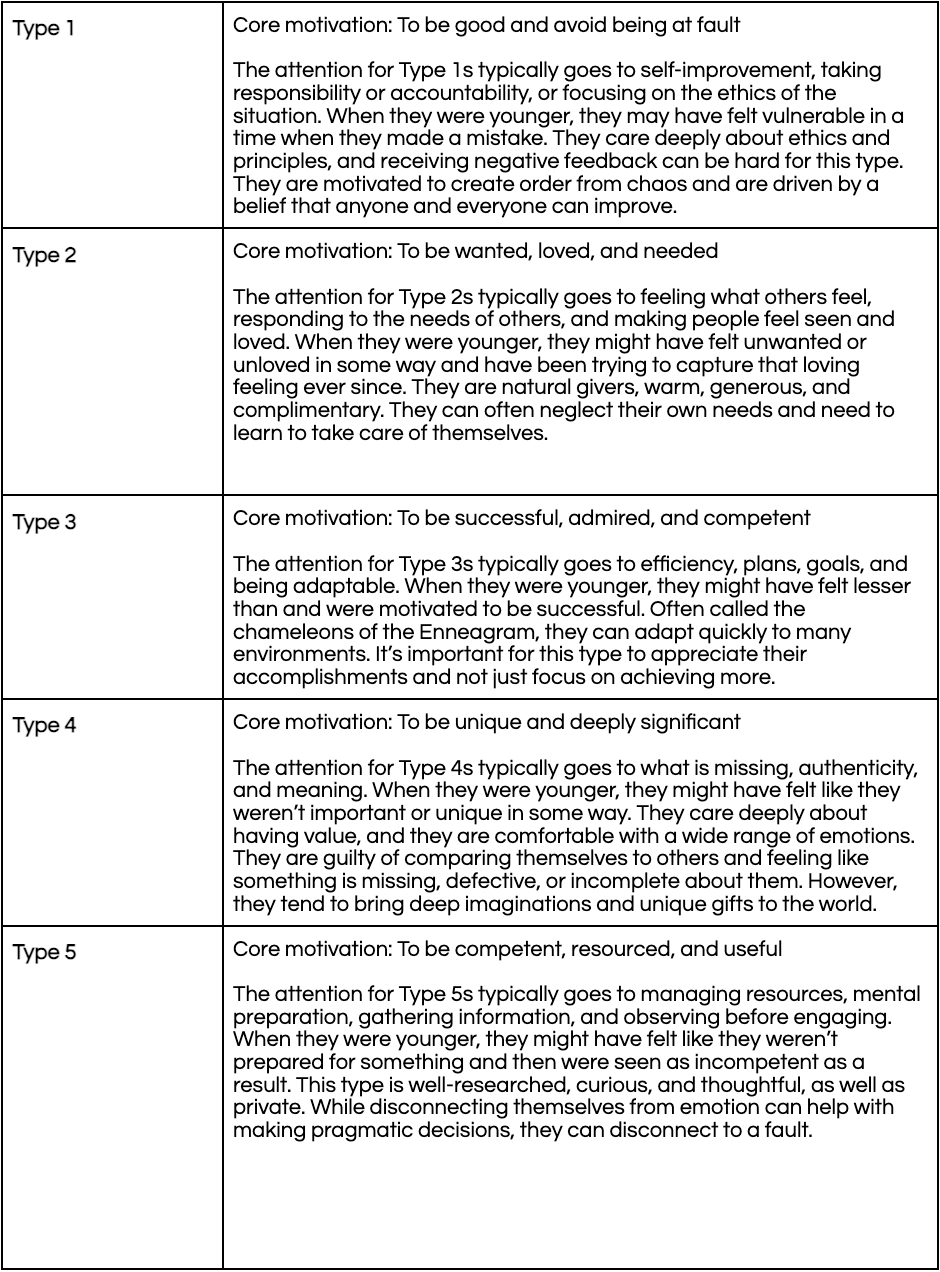

I’ve heard many times before that people either immediately resonate with their Enneagram type and core motivation or they immediately resist it. My advice to those who might immediately resist it (assuming you were typed correctly): embrace it and accept it lovingly. There is a reason why the core motivation exists, and it is meant to help heal a part of ourselves that we felt was damaged at a younger age. For example, when I was a young child, there were definitely times that I felt rejected, unwanted and unloved, especially as I began to socialize. As a Type 2, a big piece of who I am is focused on giving—to others and to myself. It’s the way I show love. However, I also have to be mindful of my own needs and give love to myself, not just wanting it from others.
If accepting your Enneagram type feels hard, that’s ok. It can be a process. All I can say is that no Enneagram type is better than the other, and we are all multi-faceted, unique and beautiful humans who are a collection of our experiences. Our mindset can be our power, or it can be our prison. I encourage you to choose yourself again and again, letting your mindset be your power. There is a reason you are the way you are—and you have the power to live your best life. All you have to do is choose it.
Jenn Lisak Golding is a certified Enneagram coach through The Art of Growth and the face behind Uncovered Gems. She is also the founder and owner of the sister brand Sapphire Strategy, a measured marketing agency. As a long-time fan of emotional intelligence, Jenn is passionate about helping individuals, teams, and leaders personally and professionally on their growth journeys.
All of our content—including this article—is completely free. However, we’d love if you would please consider supporting our journalism with an Indy Maven membership.



